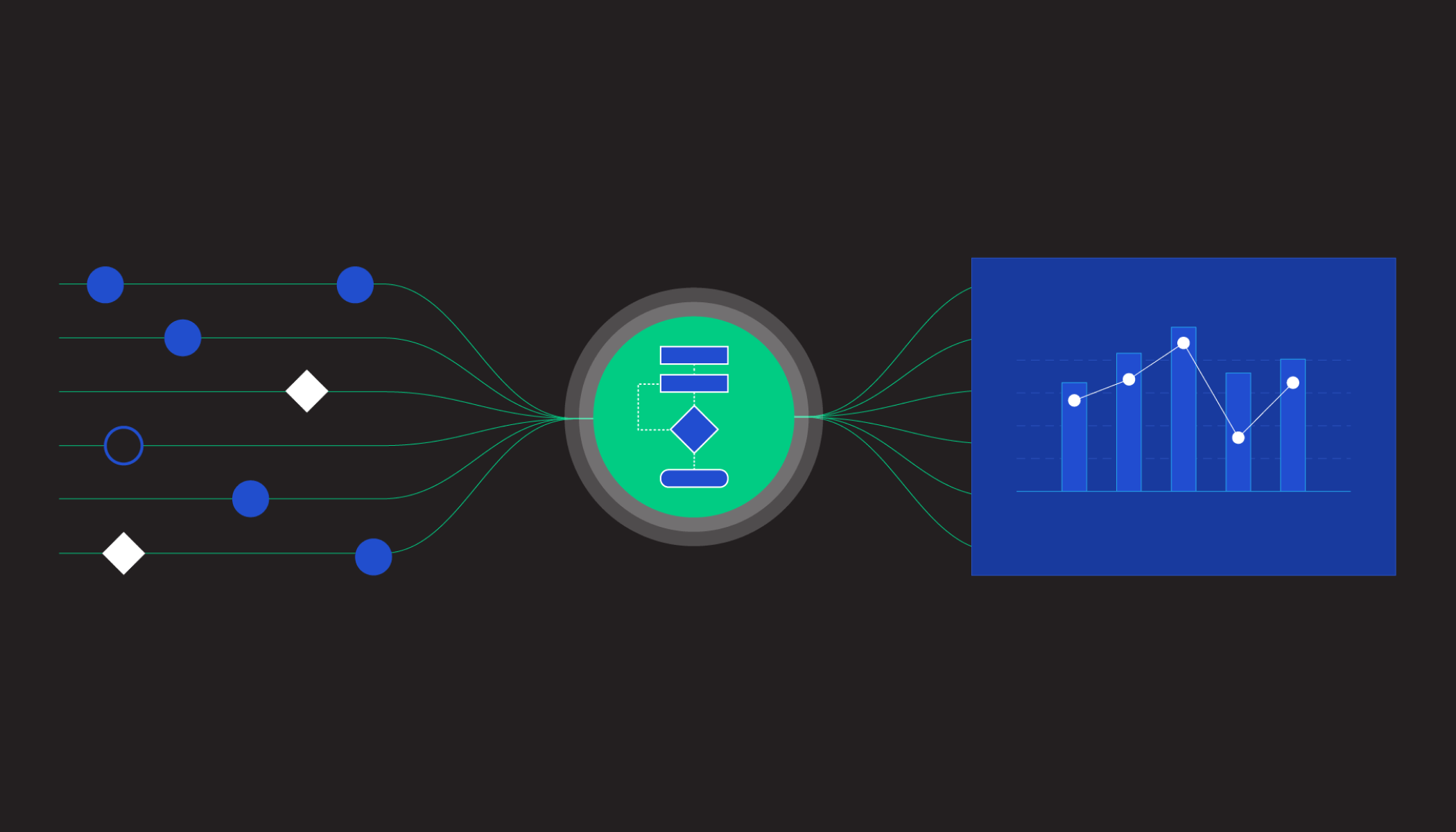Sep 10, 2021 · 2 min read
Finding Hope in Tragedy, Married Scientists Team Up To Battle Brain Disease
From Parkinson’s to Alzheimer’s, neurodegenerative diseases are on the rise — yet few therapies exist to combat them. That’s why the  program at CZI’s
program at CZI’s  (NDCN) is bringing together scientists to explore new ideas and new approaches.
(NDCN) is bringing together scientists to explore new ideas and new approaches.
Meet science power couple Soyon Hong and Tim Bartels: two researchers at the UK Dementia Research Institute at UCL who have found hope in the midst of personal tragedy by combining their scientific expertise in a new project supported by the  .
.
Learn more about how the  in order to accelerate the science of neurodegeneration — and ultimately, the path to treatments.
in order to accelerate the science of neurodegeneration — and ultimately, the path to treatments.
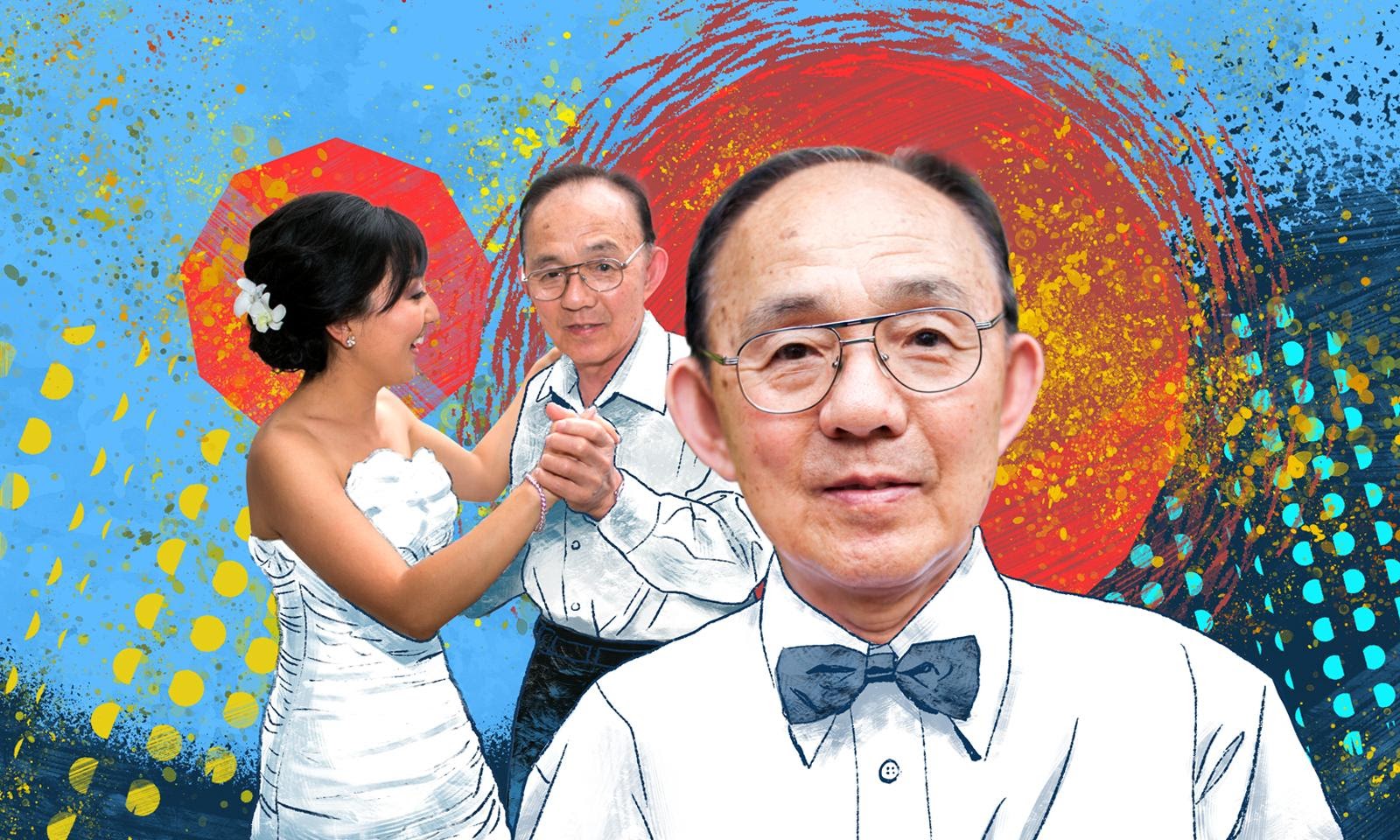
Losing my dad to Alzheimer’s disease was heartbreaking. But I have hope for the future, hope that society will one day be able to detect and treat brain diseases early.
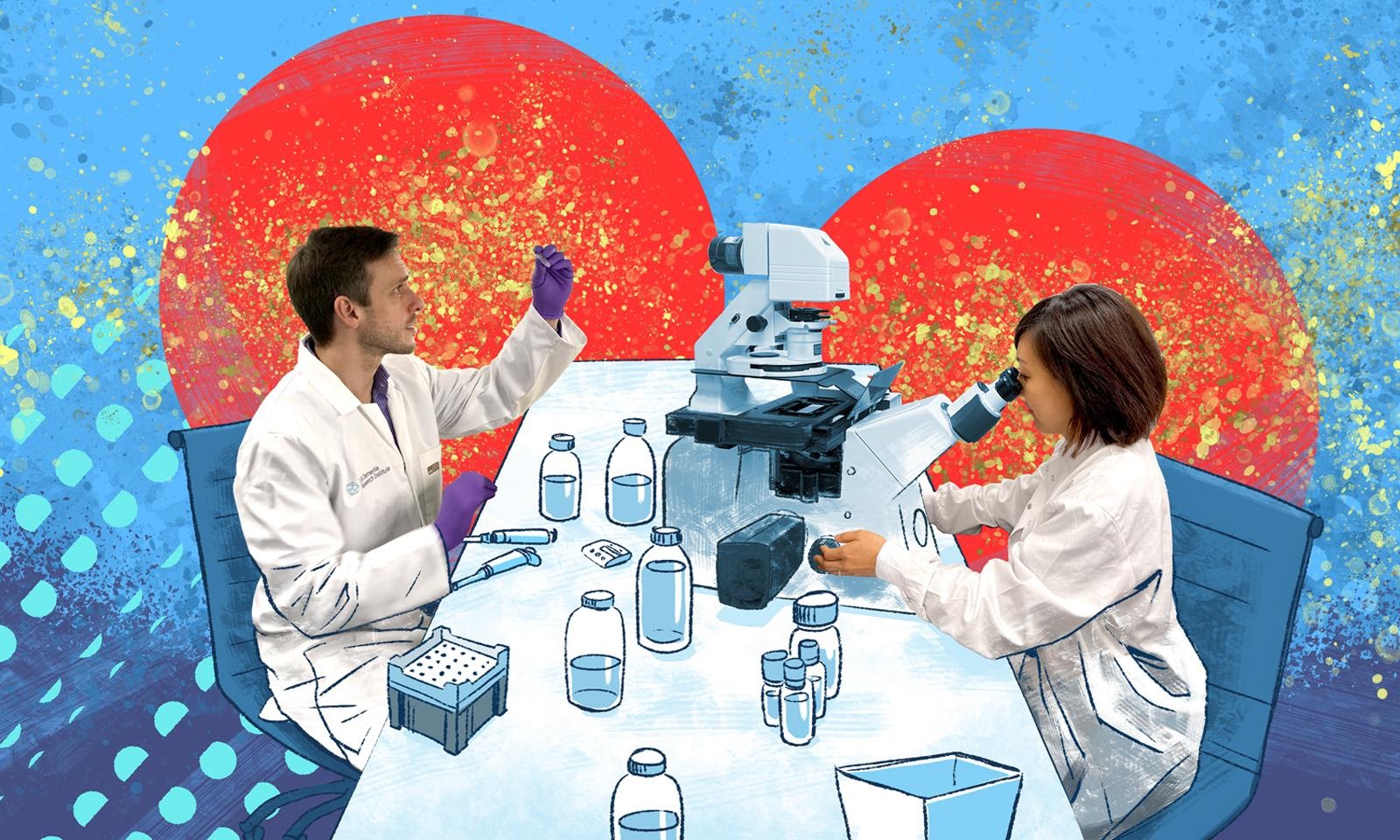
I am a scientist. So is my husband. We’re working together on a  to neurodegeneration.
to neurodegeneration.
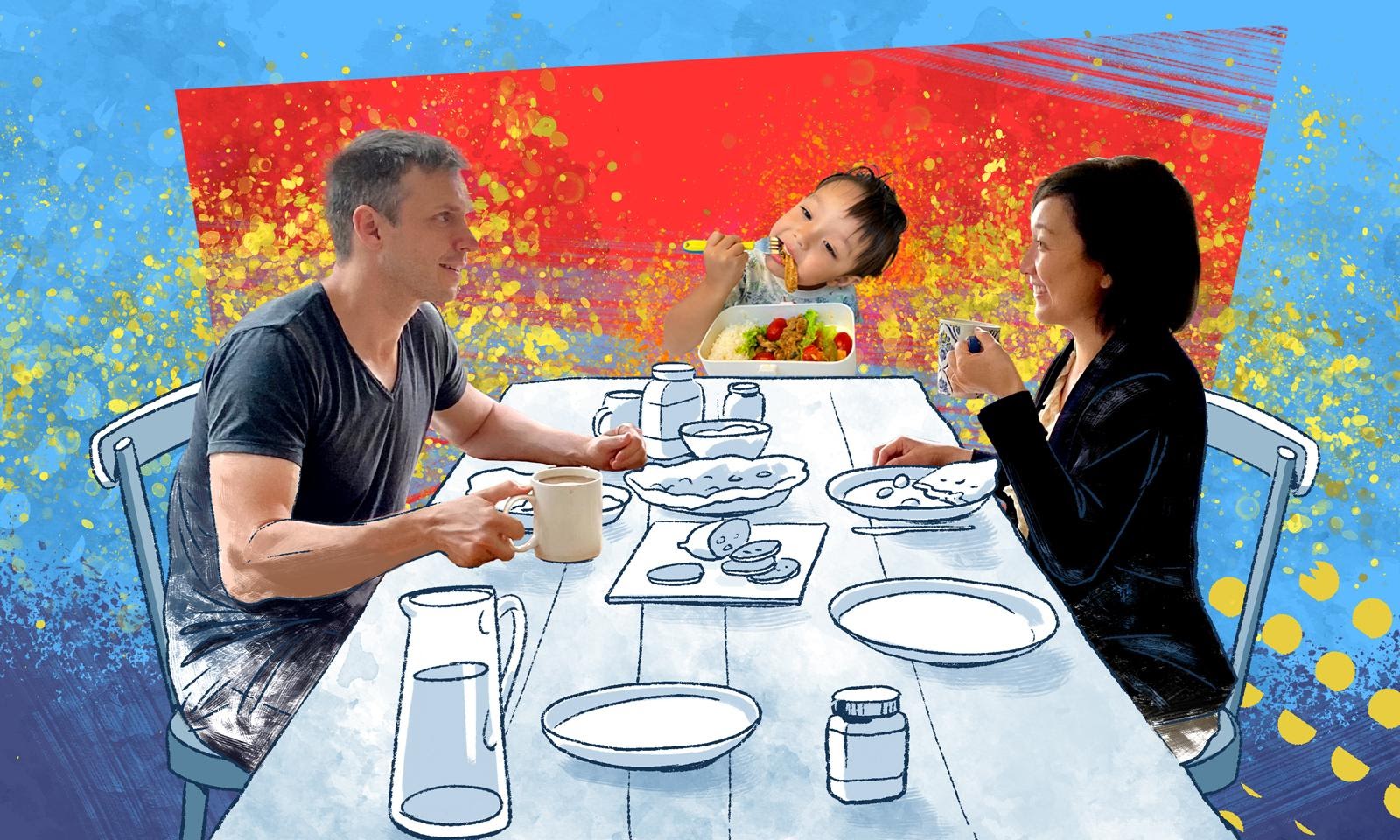
Our research starts with a question we’ve discussed for a long time at the dinner table: Does brain health begin in the gut?
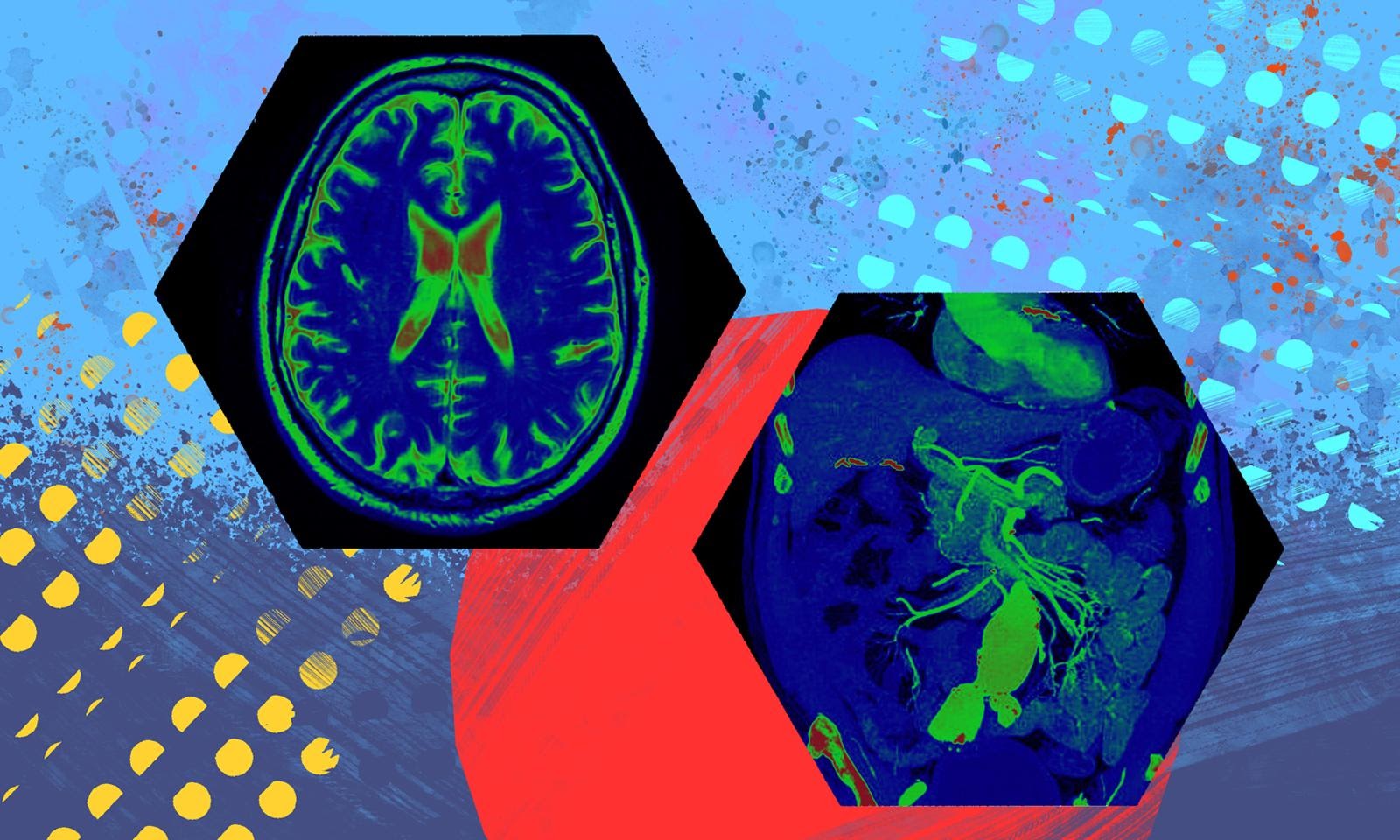
The brain and the gut are connected by nerve cells (called the enteric nervous system). This gut-brain axis is a hot topic in research because it could be a conduit for disease.
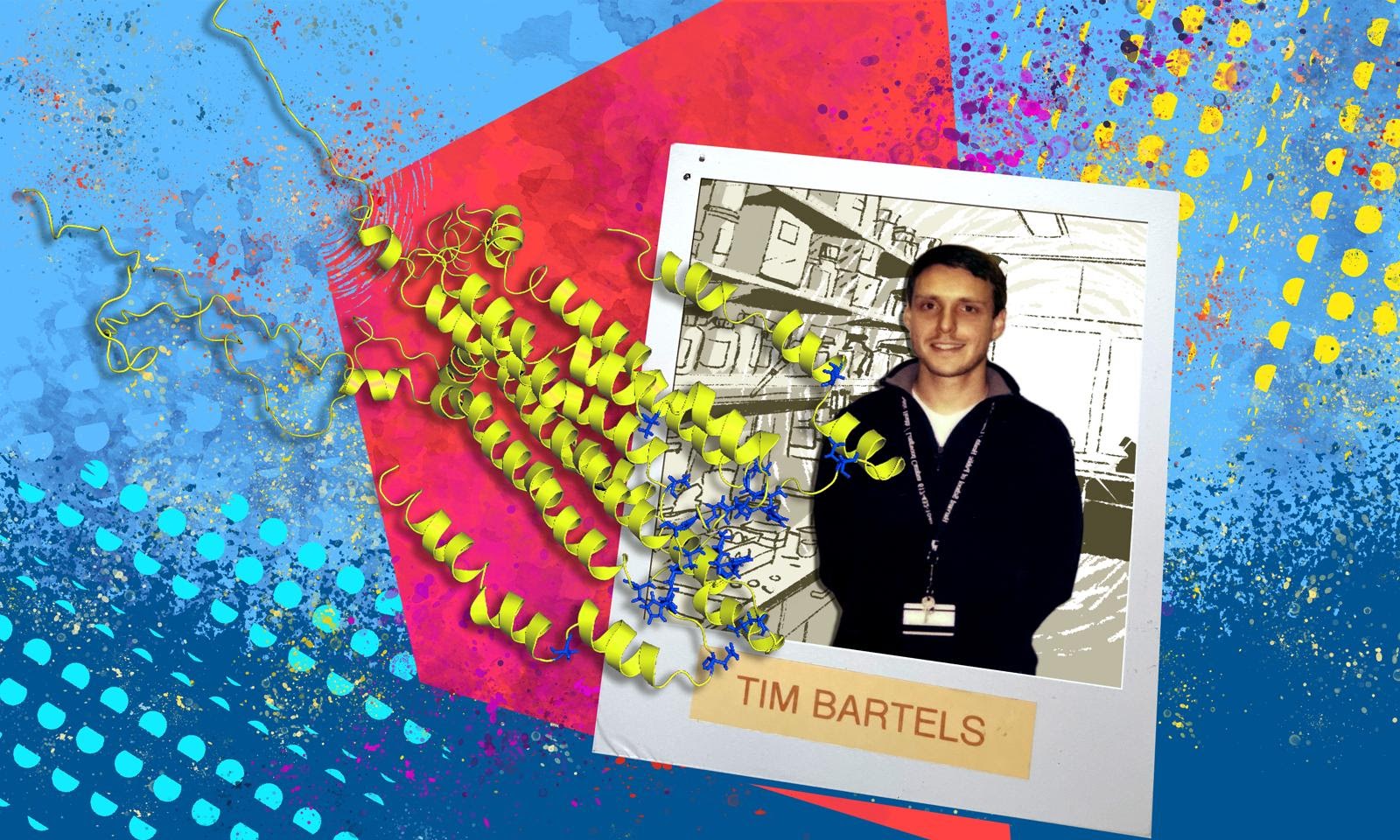
Tim studies a protein known to build up in the gut during Parkinson’s disease before any signs of illness appear. Known as alpha-synuclein, this protein later forms clumps in the brain during the disease.
I look at how nerve cells are protected by immune cells called tissue-resident macrophages. Are these cells failing during disease? Could this cause protein to build up and spread?

The two of us have worked on lots of projects together over the years — from that half-marathon we ran early in our relationship to our two kids.

But this is the first scientific collaboration between our two labs. You might say it’s the perfect marriage of our expertise!
Enjoy this story? Read about  who have teamed up to study, treat and prevent rare pediatric diseases.
who have teamed up to study, treat and prevent rare pediatric diseases.




